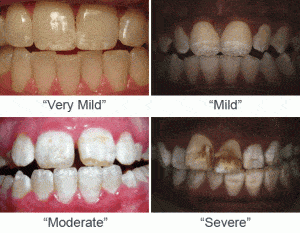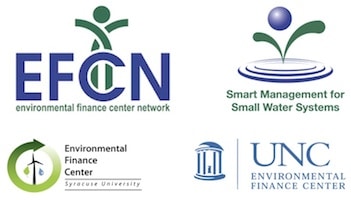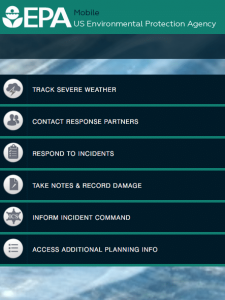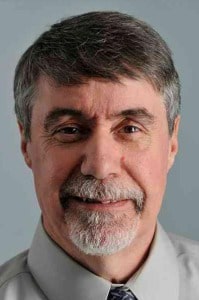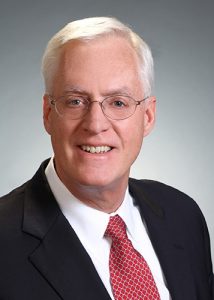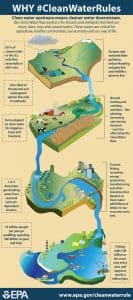
On May 27, 2015, the White House finalized the EPA’s “Waters of the United States” rule amid both praise and protest. According to the EPA, the rule is intended to strengthen the Clean Water Act by clarifying which bodies of water fall under the control of the Clean Water Act of 1972.
Gina McCarthy, Administrator of the U.S. EPA, praised the rule by saying, “The Clean Water Act has protected our health for more than 40 years – and helped our nation clean up hundreds of thousands of miles of polluted waterways…Using the latest science, this rule clears up the confusion, providing greater certainty for the first time in more than a decade about which waters are important to protect.”
And White House Senior Advisor Brian Deese, who announced the rule with EPA and Army Corps officials, had very strong words in favor of the rule: “There is a lot of misinformation about what this rule does and doesn’t do. But what becomes clear…is that the only people with reason to oppose the rule are polluters who knowingly threaten our clean water.”
However, the rule does have some strong opposition. Republicans and developers, along with the agricultural and oil industries, have vehemently opposed the ruling since its initial draft, saying that it is a massive power grab by Washington.
“The administration’s cavalier attitude toward expanding the federal government’s authority into our backyards is absolutely outrageous,” said Sen. David Vitter (R-La.) in a statement. “Not only were small businesses – who will be dramatically impacted by expanding of the definition of ‘waters of the United States’ – inappropriately excluded from the rule-making process, but the federal government shouldn’t be regulating puddles on private property in the first place.”
Although this is a final rule, there is legislation to block it that has passed the House and is waiting in the Senate.


